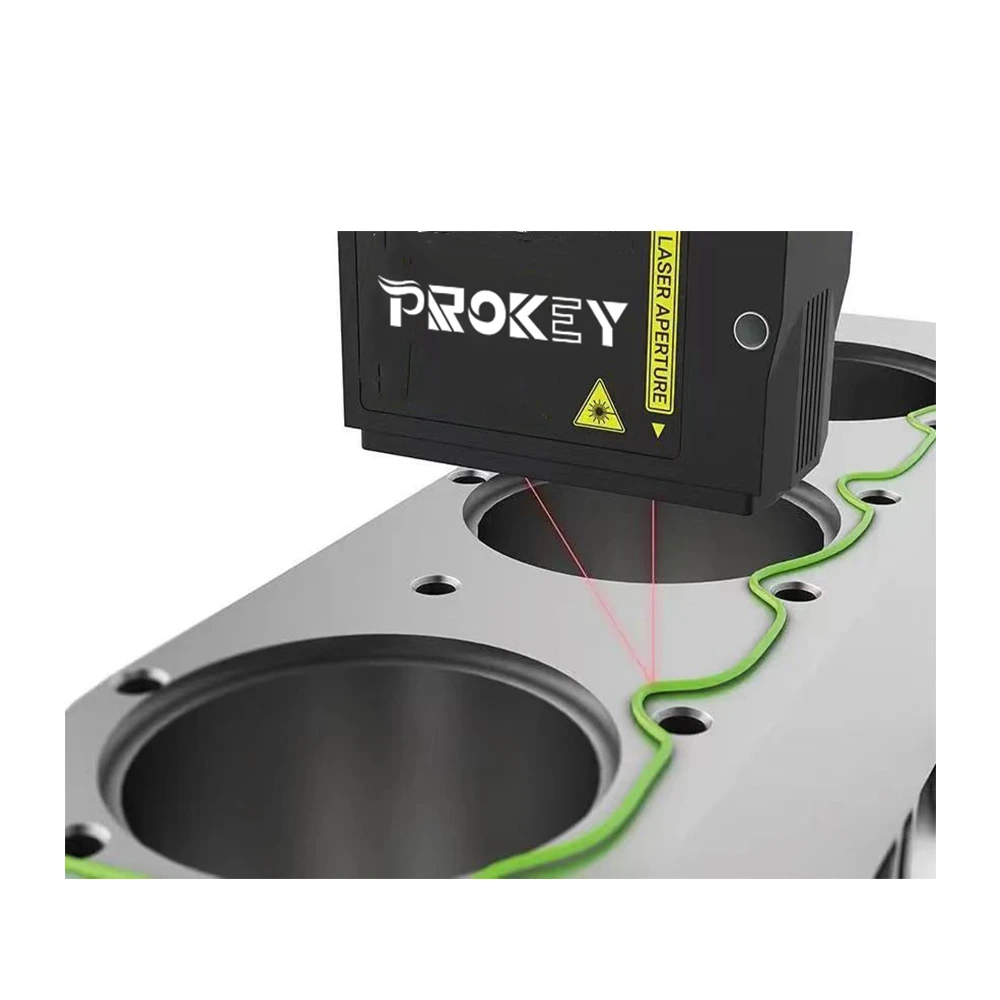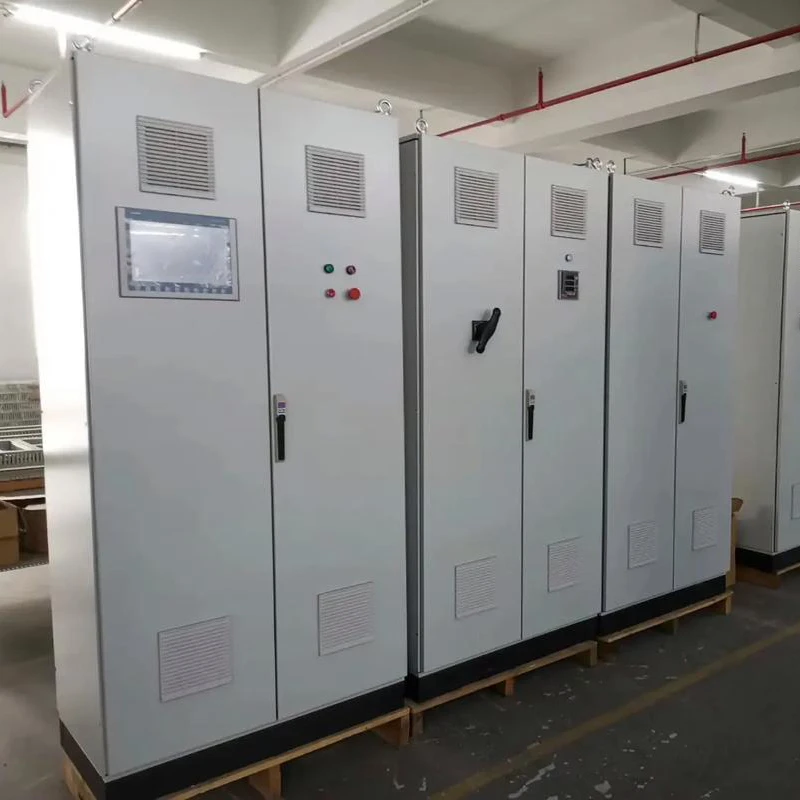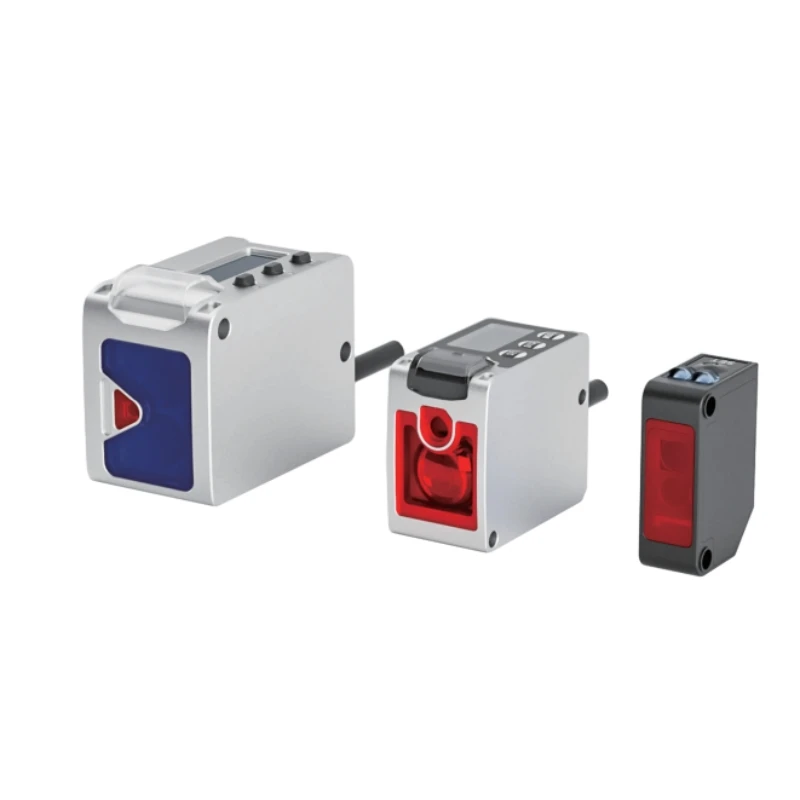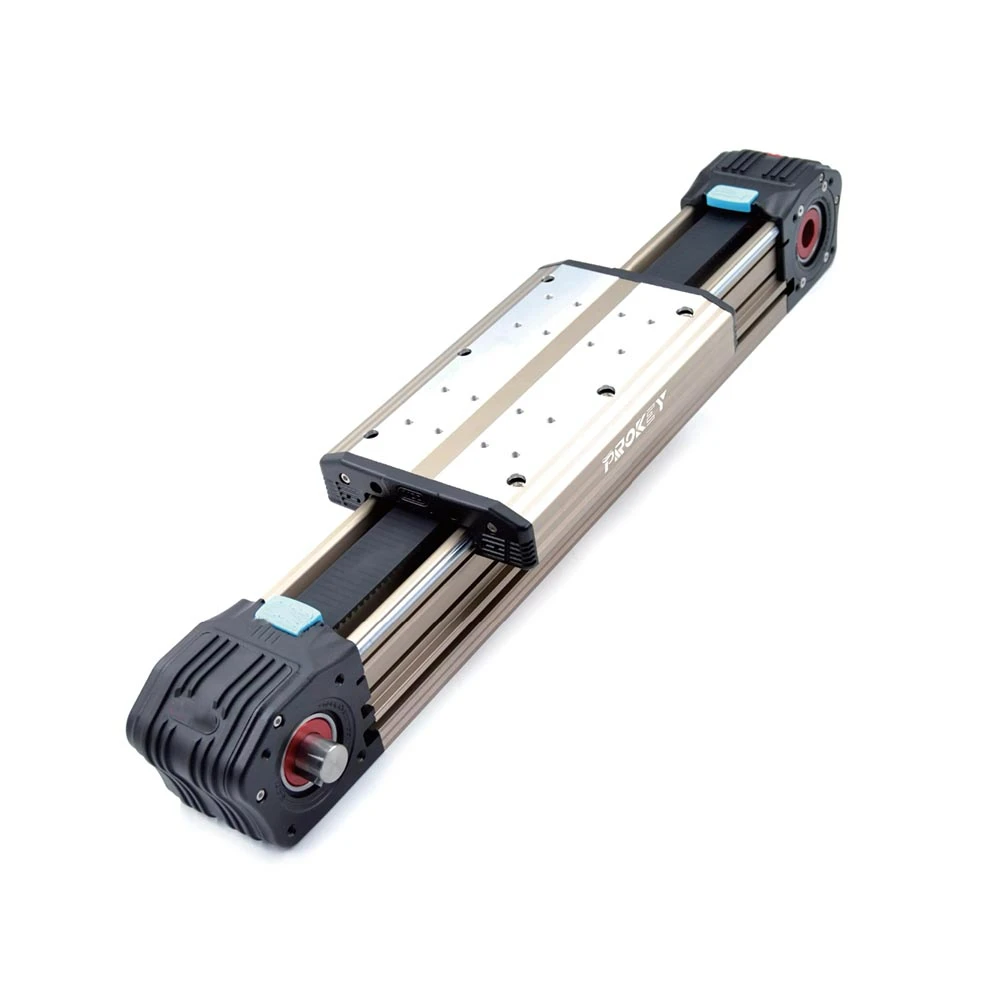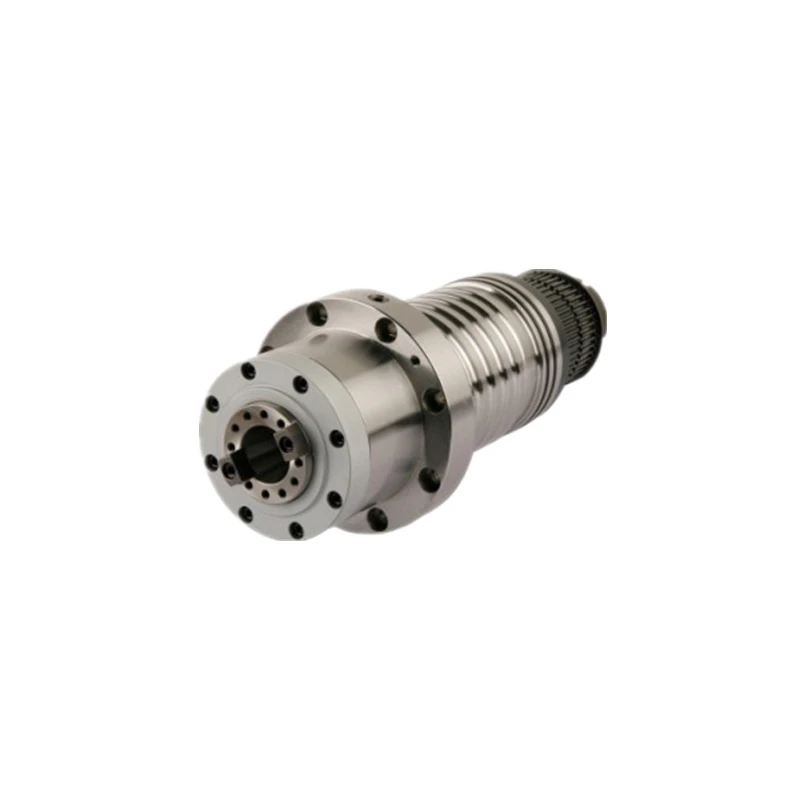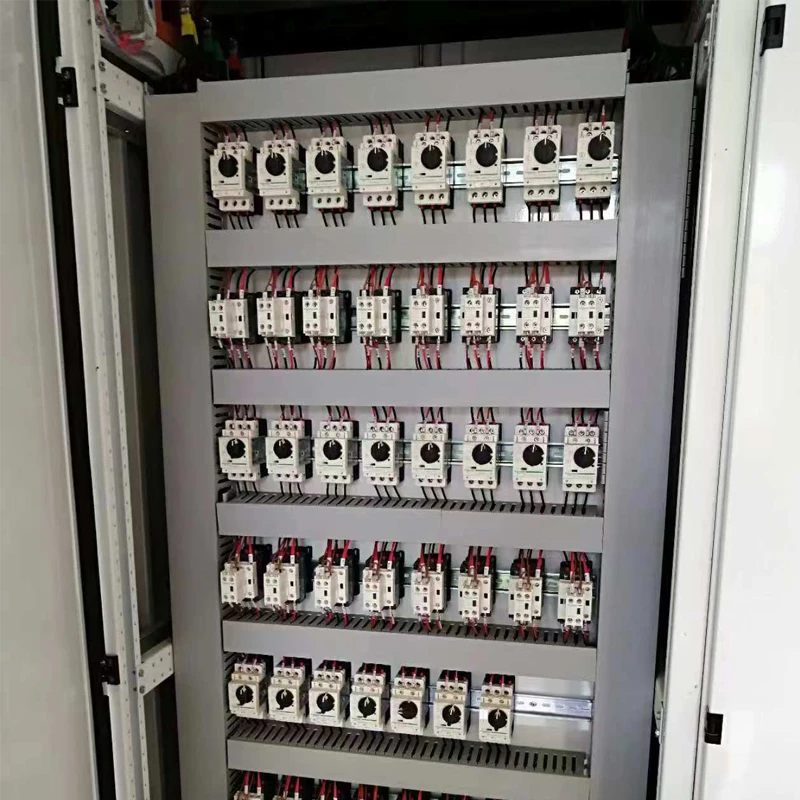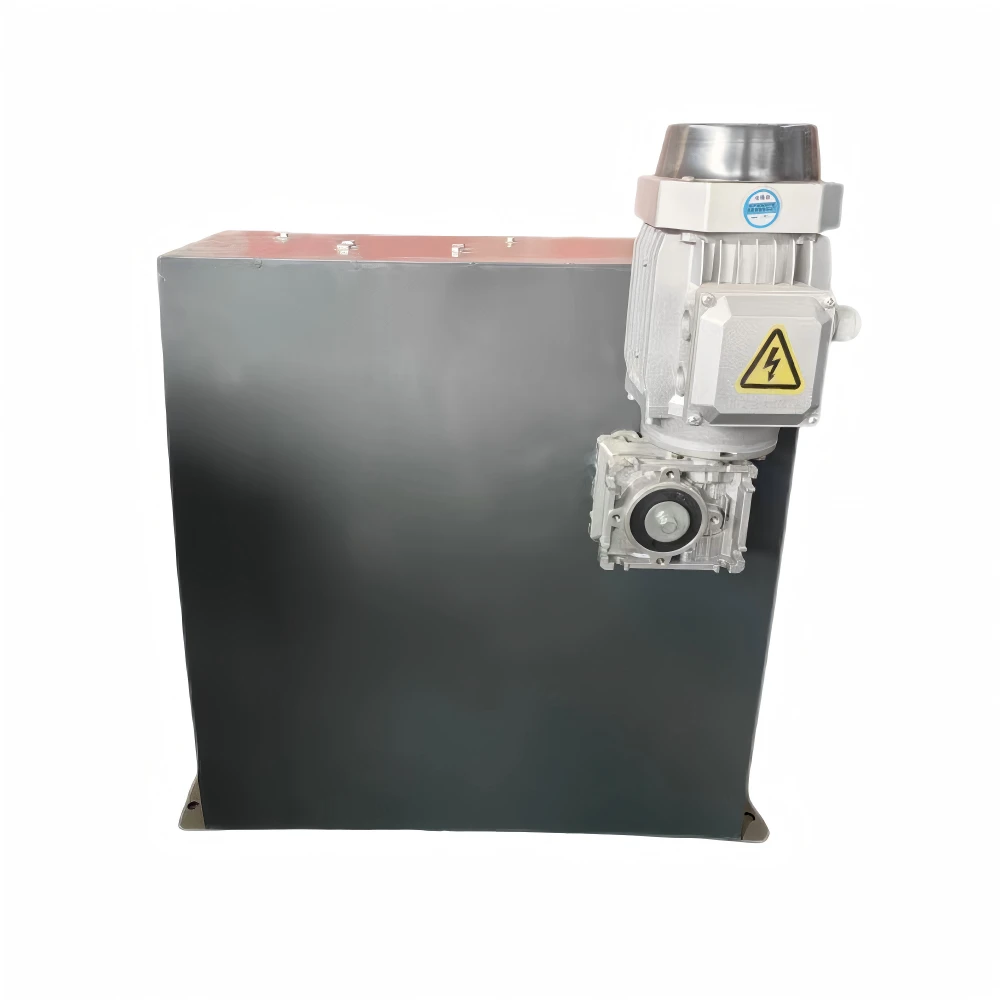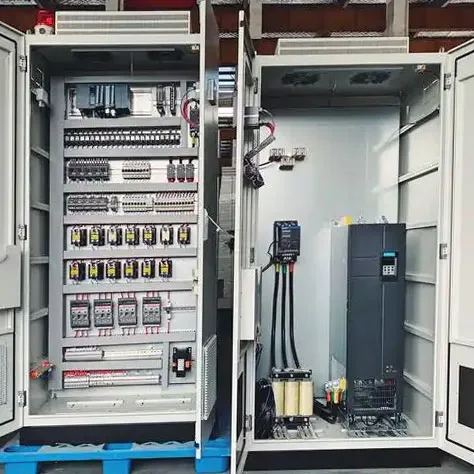12 月 . 10, 2024 15:49 Back to list
Motor Spindles for Every Task: Precision, Speed, and Reliability
Motor spindles are essential components in modern machining and manufacturing. These tools combine power, precision, and efficiency to meet the diverse needs of industries ranging from automotive to aerospace. Below, we explore the unique benefits and applications of motor spindles to understand their significance in driving industrial success.
Motorized Spindle Technology: A Foundation for Modern Machining
A motorized spindle integrates the motor and spindle into a single unit, eliminating the need for belts or gears. This design ensures high precision and reduces vibration during operation, making it ideal for applications that demand tight tolerances, such as CNC machining and milling.
Motorized spindles excel in high-speed applications, where precision and speed go hand in hand. Their compact design minimizes energy losses, improving efficiency while ensuring consistent performance. Industries that rely on these spindles often benefit from enhanced productivity and reduced maintenance costs due to the streamlined design.
The Role of Water-Cooled Spindle Motors in High-Speed Machining
One of the challenges in high-speed machining is managing heat generation, which can affect spindle performance and tool longevity. A water-cooled spindle motor addresses this issue by incorporating a cooling system that maintains optimal operating temperatures.
This type of spindle motor is particularly beneficial in applications involving prolonged high-speed operation, such as metalworking and plastics manufacturing. By keeping temperatures stable, water-cooled spindle motors ensure precision and extend the life of both the spindle and cutting tools. Their advanced cooling mechanisms make them a preferred choice for demanding industries that prioritize performance and reliability.
AC Spindle Motors: Balancing Power and Versatility
The AC spindle motor is a versatile option for various machining tasks, offering high torque and smooth operation. These motors are suitable for a wide range of applications, from heavy-duty cutting to fine finishing. Their ability to handle both high-speed and low-speed operations makes them a go-to solution for manufacturers seeking flexibility in their machining processes.
In addition to their adaptability, AC spindle motors are known for their energy efficiency and durability. This makes them a cost-effective choice for facilities aiming to optimize operational efficiency without compromising on performance.
ATC Spindle Motors: Streamlining Automation
Automation has become a cornerstone of modern manufacturing, and the ATC spindle motor (Automatic Tool Changer) is a critical component in achieving this. These motors allow for seamless tool changes during machining, significantly reducing downtime and increasing productivity.
ATC spindle motors are often used in industries where multiple tools are required for a single job, such as aerospace manufacturing or complex mold making. Their ability to switch tools automatically ensures continuous operation, enabling manufacturers to meet tight deadlines without sacrificing quality.
The Efficiency of Brushless Spindle Motors in Precision Applications
A brushless spindle motor offers exceptional reliability and precision, making it ideal for tasks that demand consistent performance. Unlike traditional motors, brushless designs eliminate mechanical wear caused by brushes, resulting in longer operational lifespans and reduced maintenance requirements.
Brushless motors are particularly useful in applications where precision and cleanliness are critical, such as in medical device manufacturing or semiconductor production. Their energy efficiency and smooth operation also contribute to cost savings over time, making them an excellent investment for forward-thinking facilities.
Motor spindles are indispensable in modern machining, offering unparalleled performance across a variety of tasks. Whether it’s the high-speed capabilities of a water-cooled spindle motor, the adaptability of an AC spindle motor, the automation potential of an ATC spindle motor, or the precision of a brushless spindle motor, these tools drive innovation and efficiency in manufacturing. By selecting the right motor spindle for specific applications, industries can achieve enhanced productivity, reduced costs, and superior product quality, ensuring a competitive edge in an ever-evolving market.
-
Why Steel Mills Rely on FODA’s High-Temperature Cylindrical Roller Bearings?
NewsApr.10,2025
-
What is a Plain Bearing? A Complete Guide to Design & Functionality
NewsApr.10,2025
-
Thrust Ball Bearings vs. Tapered Roller Bearings: FODA’s Performance Comparison
NewsApr.10,2025
-
The Engineering Behind FODA Thrust Ball Bearings: Precision for High-Speed Applications
NewsApr.10,2025
-
No More Compromises: Get Precision-Engineered Custom Bearings Tailored to Your Exact Specifications
NewsApr.10,2025
-
In-Depth Analysis: Application Differences of Different Types of Angular Contact Ball Bearings
NewsApr.10,2025
Products categories



